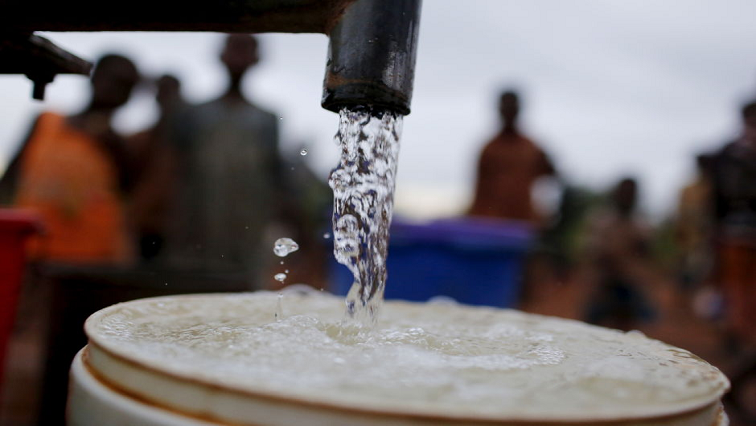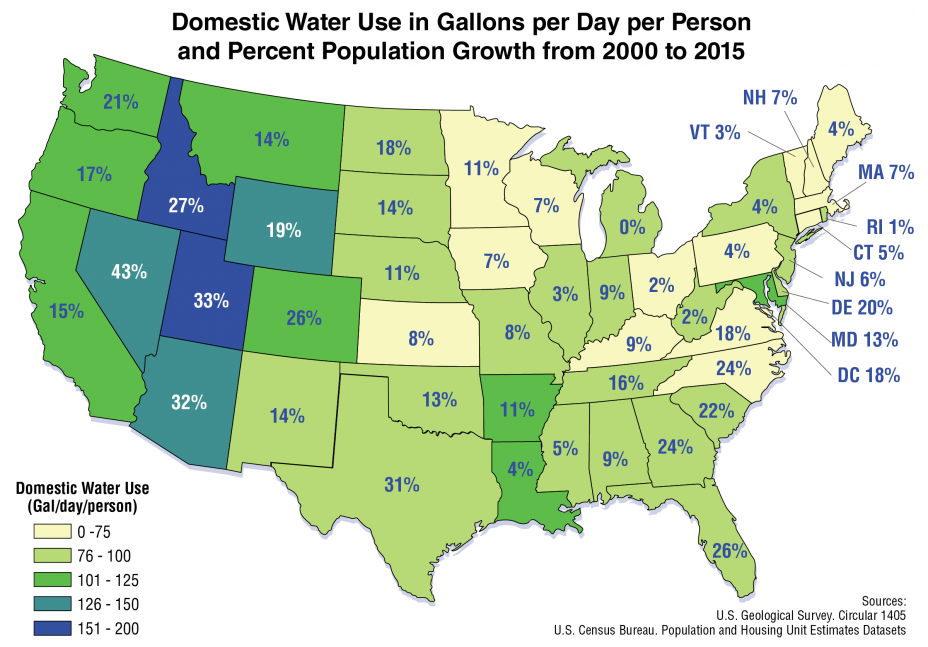
 Local flow regulation and irrigation raise global human water consumption and footprint. AQUASTAT - by the Food and Agriculture Organization of the United Nations ( FAO): Information System on Water and Agriculture. For example, 5,000 children die every day from diarrhoea, or one every 17 seconds. Energy demand is also accelerating, with corresponding implications for water demand.Īlmost 80% of diseases in so called "developing" countries are associated with water, causing some three million early deaths. Between 1,000 and 4,000 litres of water are needed to produce a single litre of biofuel. The production of biofuels has also increased sharply in recent years, with significant impact on water demand. Changes in lifestyles and eating habits in recent years are requiring more water consumption per capita. The world’s population is growing by roughly 80 million people each year. Demand for freshwater is increasing by 64 billion cubic meters a year (1 cubic meter = 1,000 liters) Belgium, for example, uses 80% of the water available for industry.įreshwater withdrawals have tripled over the last 50 years.
Local flow regulation and irrigation raise global human water consumption and footprint. AQUASTAT - by the Food and Agriculture Organization of the United Nations ( FAO): Information System on Water and Agriculture. For example, 5,000 children die every day from diarrhoea, or one every 17 seconds. Energy demand is also accelerating, with corresponding implications for water demand.Īlmost 80% of diseases in so called "developing" countries are associated with water, causing some three million early deaths. Between 1,000 and 4,000 litres of water are needed to produce a single litre of biofuel. The production of biofuels has also increased sharply in recent years, with significant impact on water demand. Changes in lifestyles and eating habits in recent years are requiring more water consumption per capita. The world’s population is growing by roughly 80 million people each year. Demand for freshwater is increasing by 64 billion cubic meters a year (1 cubic meter = 1,000 liters) Belgium, for example, uses 80% of the water available for industry.įreshwater withdrawals have tripled over the last 50 years. 
In industrialized nations, however, industries consume more than half of the water available for human use.

Worldwide, agriculture accounts for 70% of all water consumption, compared to 20% for industry and 10% for domestic use. The data on water consumption in the world is provided by the United Nations (UN, UNESCO, and FAO, see list of publications below). Water removed for use and not returned to its source. A portion of this water is often returned to the source and is available to be used again, therefore this source is termed "renewable water source." Water Use: can refer to water withdrawn or water consumed.







 0 kommentar(er)
0 kommentar(er)
